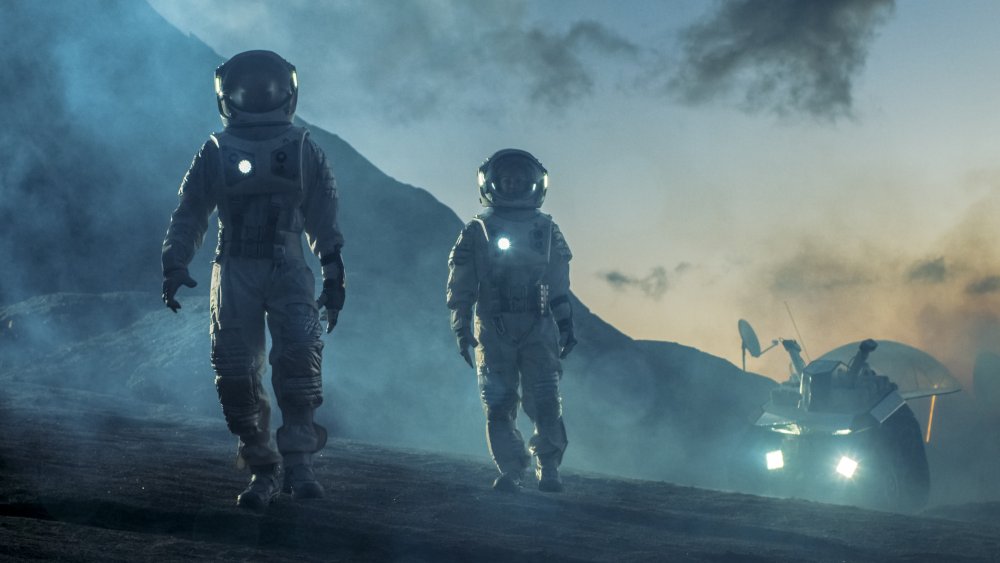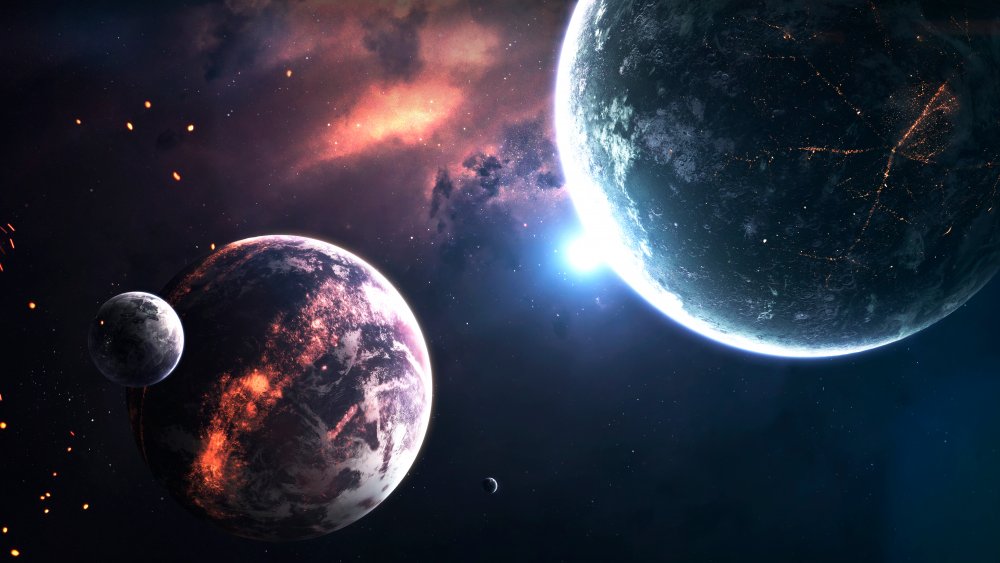The Truth About The Student Who Just Discovered 17 New Planets
The universe: it's where all of your stuff is. It's also home to one billion trillion stars, estimated to possess an average of one exoplanet a piece. Space is lousy with planets. Chuck a rock and you're more likely than not to hit a planet. Probably Earth, since its exit velocity is a little more than eleven kilometers per second and your throwing arm isn't what it used to be.
With an IRL No Man's Sky real estate situation unfolding at a cosmic level, it might not seem like a huge deal when a handful of space marbles get spotted floating in the heavens. At the same time, the only things most young people discover on a weekday are moldy leftovers in the back of the fridge or the fact that you shouldn't mix brown and clear liquors, so it's encouraging when news about optimistic youth with their gazes fixed on the stars end in a moment of scientific exceptionalism rather than, as is so often the case, the spins.
With that in mind, we turn our focus to Michelle Kunimoto, the University of British Columbia student who recently discovered 17 new planets with nothing but her wit, her will, and publicly available NASA internet archives.
Space: one of the last couple of frontiers
Kunimoto, who is currently working towards a PhD, made her discovery thanks to what's called the "transit method."
A crash course on the transit method: currently, telescopes aren't powerful enough to spot actual planets in far-off systems. So rather than search for the planets themselves, the transit method involves looking for their footprints — the points in time when they pass in front of a star, dimming the light from the perspective of Earth.
Utilizing this tool set, Kunimoto managed to find 17 new planets, on top of four that she'd previously discovered. Of the 17, one exists in the "Goldilocks zone," where temperatures would theoretically allow for the presence of liquid water. According the CBC, this planet is theorized to be around one and a half times the size of Earth, with Kunimoto stating that, pending confirmation of her findings, it could be "one of the rarest planets that we found so far." At roughly one thousand light years from Earth, we won't be getting anywhere near it soon.

